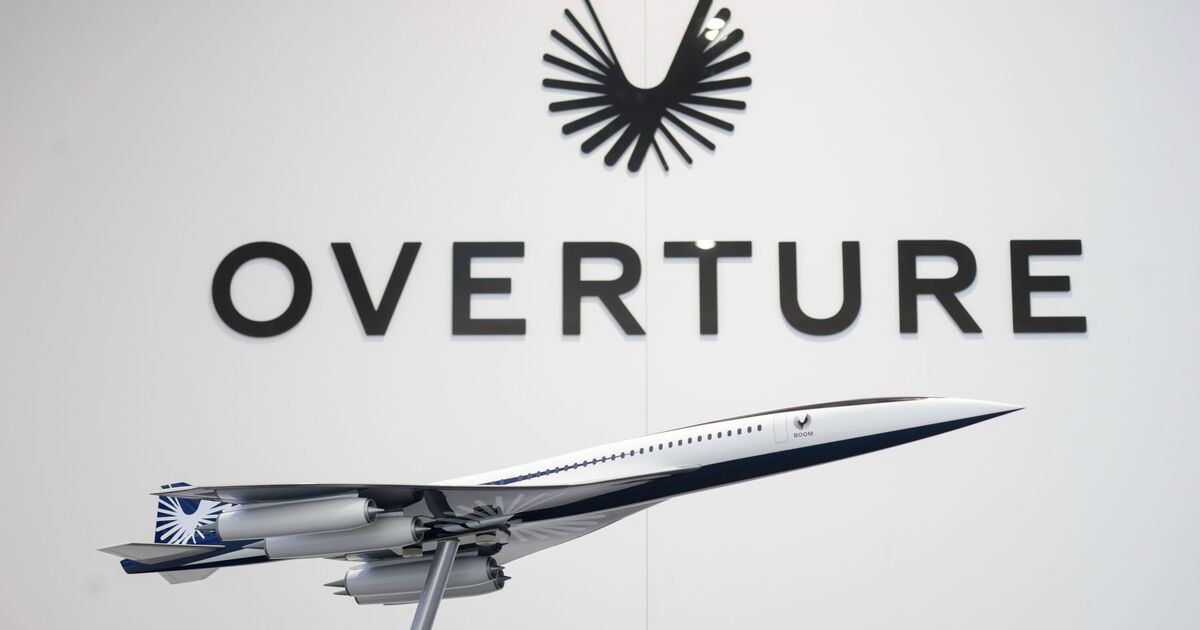There has been a flurry of momentum in the supersonic travel industry in the past few years, with multiple companies across the globe vying to be the first to relaunch commercial flights at the speed of sound, which has been nonexistent since Concorde’s grounding over 20 years ago. For example, the Colorado-based Boom Supersonic company has made significant progress with its upcoming Overture jet, while Fly Concorde Ltd, a UK-based initiative, aims to revive the iconic Concorde experience.
What’s more, early last month, US President Donald Trump issued an executive order ending the Federal Aviation Administration’s 55-year ban on supersonic flights within US airspace. The noise rules had been in place since 1968 and a corresponding FAA restriction on flights exceeding Mach 1 was established two years later. These rules previously prevented Concorde operations on transcontinental flights. Yet, while Mr Trump’s “Concorde Bill” has opened the doors for the development of supersonic travel and excitement is growing, according to Anton Radchenko, founder and CEO of AirAdvisor, “we need to balance that excitement with the operational, environmental and safety realities that still stand in the way”.
Mr Radchenko told The Express: “We’re seeing some real momentum in this space, with notable developments such as Boom Supersonic securing multiple partnerships, prototypes in progress and the recent Concorde Bill in the U.S. lifting a major regulatory hurdle. But these developments are just the beginning.”
The Boom Supersonic aerospace company is leading the charge in building a new generation of passenger jets. Overture is Boom’s flagship aircraft, targeting Mach 1.7 – about 1,300 mph – and plans to fly aircraft with capacity for 64 to 80 passengers by 2029. Boom has secured pre-orders from major airlines including United, American Airlines and Japan Airlines, highlighting just how much commercial interest there is in the industry. Boom promises to slash the travel time for long-haul flights, with flights between London and New York cited to be just 3.5 hours.
Concorde retired in 2003 after nearly 30 years of service. However, it was plagued with problems. It was expensive to maintain and fuel, with limited seating and no economy class. Its sonic booms and high fuel consumption also drew criticism and limited where it could fly. The final nail in the coffin was the fateful Air France Flight 4590, which crashed in 2000 and killed all 109 on board and four on the ground. After this, confidence in its flights fell and never fully recovered. This also coincided with a downturn in global air travel after the 9/11 attacks, which further reduced demand for luxury supersonic flights.
However, Fly Concorde Ltd, a UK startup, has emerged with a mission to bring back the legendary Concorde. Backed by international engineers and aviation entrepreneurs, the company’s new aircraft being an updated version of the original Concorde with many innovative features. The new jets are set to run on sustainable aviation fuel (SAF), be 50% lighter than their 20th-century predecessor and operate at altitudes around 60,000 feet.
However, Mr Radchenko said: “Realistically, we are still at least five to eight years away from commercially viable supersonic routes. Technological readiness, public perception and regulatory harmonisation across global airspace will all need to align, and that’s a tall order.
Economic viability, he added, is also a significant hurdle.
He said: “Supersonic travel still demands more fuel, stricter maintenance, and higher ticket prices. The Concorde’s downfall wasn’t just about noise or a crash; it was also that it simply wasn’t profitable. For it to return sustainably, it must work not just for business-class elites but for broader operational models that airlines can support long-term.
The expert explained that passenger rights will also need to be overhauled to adapt to this new, faster form of travel. Current compensation frameworks, such as EU261 or the US Department of Transportation’s rules, are based on traditional flight schedules and operational norms. For example, delays of two or three hours trigger specific entitlements.
“But what happens when a supersonic flight, which promises to cut London-New York to under four hours, gets delayed by just one hour?” Mr Radchenko asked. “In relative terms, that’s a major disruption, yet under current rules, it may not qualify for compensation. Regulators will need to revisit how delay thresholds are calculated in the context of much shorter scheduled flight times.”
So, realistically, how close are we to being able to fly with our hair on fire again? According to Mr Radchenko, “I don’t think it’s likely to resume on a commercial scale before 2030, but we are certainly closer than ever before.
“The foundational pieces are being put in place. What’s needed now is global collaboration, responsible rollout, and public trust. If those align, then yes, supersonic travel could make a comeback.
Legally and ethically, “the return of supersonic travel must be accompanied by a modernisation of air passenger rights, ensuring that speed doesn’t come at the cost of fairness,” he said.
He added: “The goal should be to enhance both the travel experience and consumer confidence, and that means embedding robust protections from the very first takeoff.”

